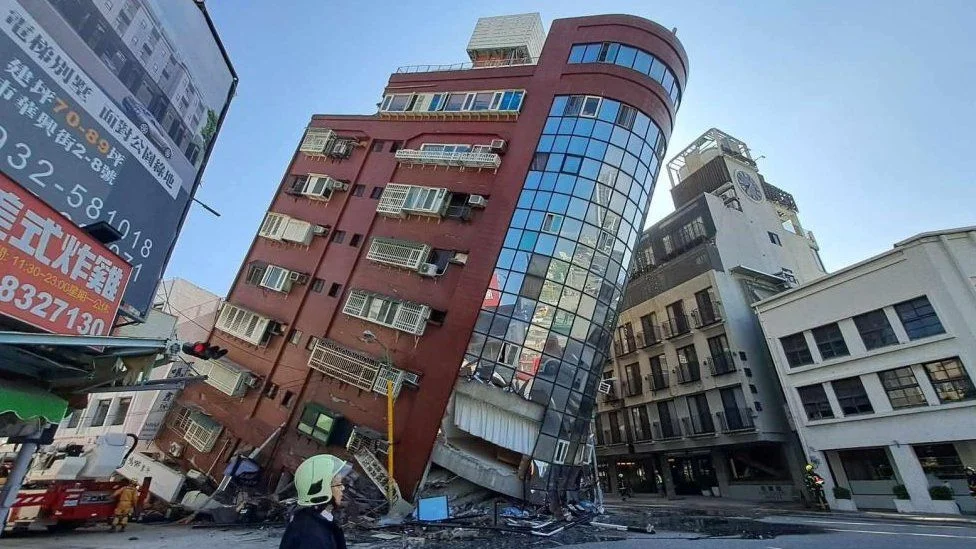Seismic Preparedness in Taiwan Outmatches Some U.S. Regions
Overview
The powerful earthquake in Taiwan on Wednesday shook an island well prepared for a seismic catastrophe — likely more so than some regions of the U.S., several experts said.
Nine people have been reported dead, though Taiwanese officials said the death toll could rise in the coming days. More than 1,000 were injured, and at least 100 were feared trapped. However, given the quake’s size — magnitude 7.4 — seismology experts said the dense island had fared as well as expected in initial reports.
Taiwan’s Preparedness
That’s no fluke:
- Taiwan uses a robust early-warning system and has modern seismic building codes.
- Experts said.
- Its population is accustomed to frequent seismic activity.
Following the devastating 1999 Chi-Chi earthquake, the island significantly upgraded its infrastructure.
Contrasting Preparedness with U.S. Regions
Experts said U.S. cities in earthquake-prone areas along the West Coast are making varying levels of progress to prepare for temblors. But none measure up to Taiwan’s capital.
Evaluating Lessons for the U.S.
Officials and researchers in Taiwan are still evaluating the earthquake’s characteristics, impacts, and casualties. The lessons they learn could provide U.S. scientists and political leaders a measuring stick for how buildings and communities here might fare.
Structural Vulnerabilities
In a review of early images and reports from Taiwan after the earthquake, it appeared that much of the damage was in older concrete buildings that were five to 10 stories tall and had first floors with open commercial space. Many were on street corners, where buildings can be subjected to twisting forces that heighten damage.
Retrofitting Efforts
He added that older, concrete buildings would be expected to struggle with an earthquake and are the targets for retrofits in Taiwan and the U.S. Meanwhile, Taiwan’s tall buildings — which have a higher level of engineering — appeared to have performed admirably, as expected.
Cultural and Structural Adaptations
Nearly 25 years ago, the magnitude-7.7 Chi-Chi earthquake catalyzed Taiwan toward better preparation. Cultural and structural adaptations followed suit.
Early-Warning Systems
Taiwan’s sophisticated early-warning system is also important to its safety infrastructure. The system relies on an islandwide network of seismic instruments; when a large quake happens, the system sends messages to people’s phones and automatically cuts into live TV programming to give residents seconds of warning.
Conclusion
Lai said Taiwan’s progress on earthquake safety was gradual and required public education, trust in the government, and faith in scientists.
These contrasting scenarios highlight the importance of proactive measures and robust infrastructure in mitigating the impact of natural disasters.
Read also: Charging Elephant Kills Elderly American Woman In Zambia











